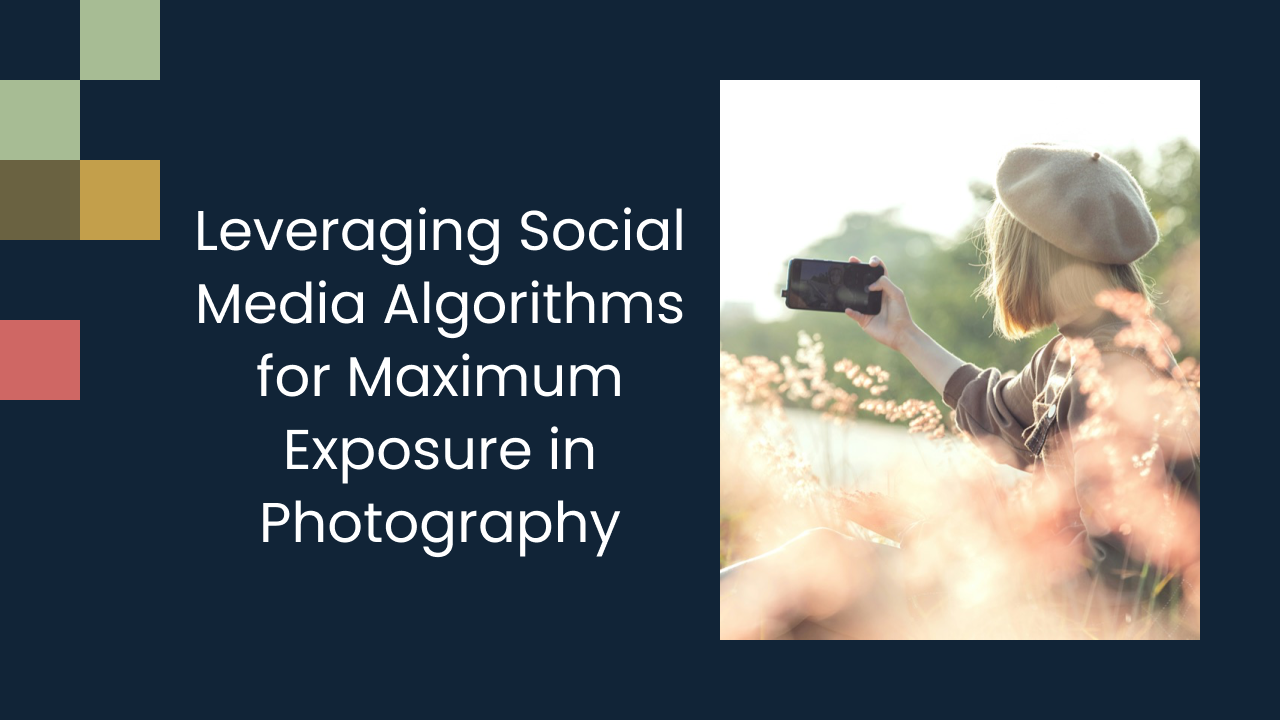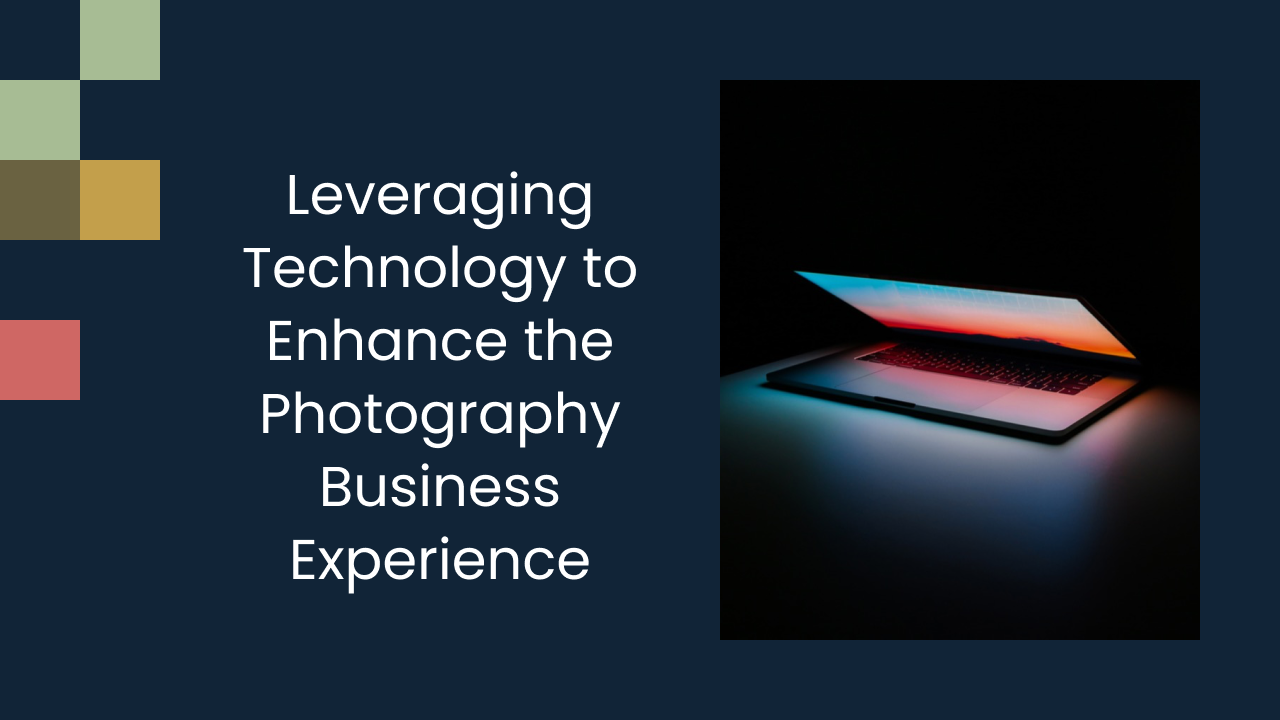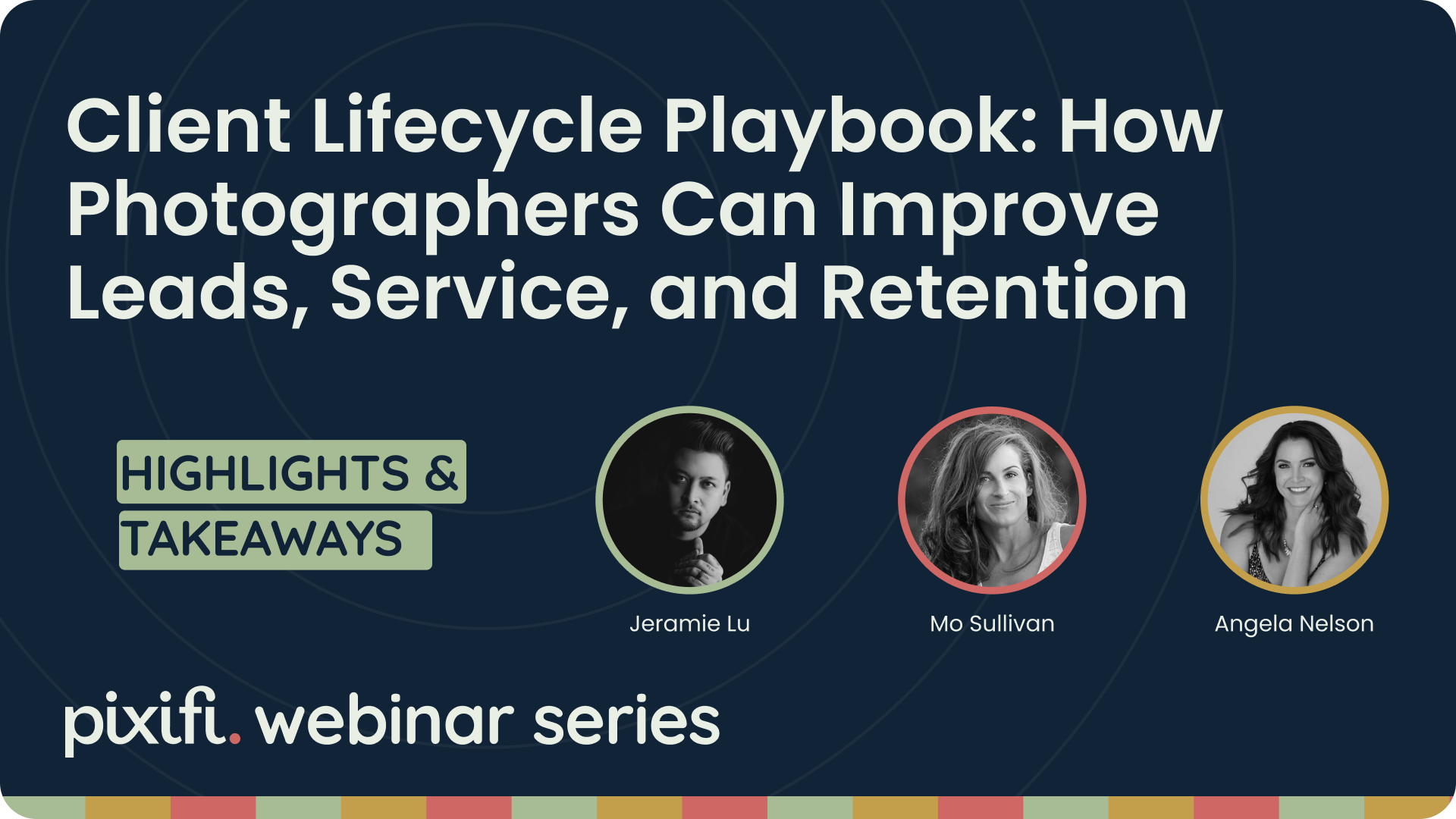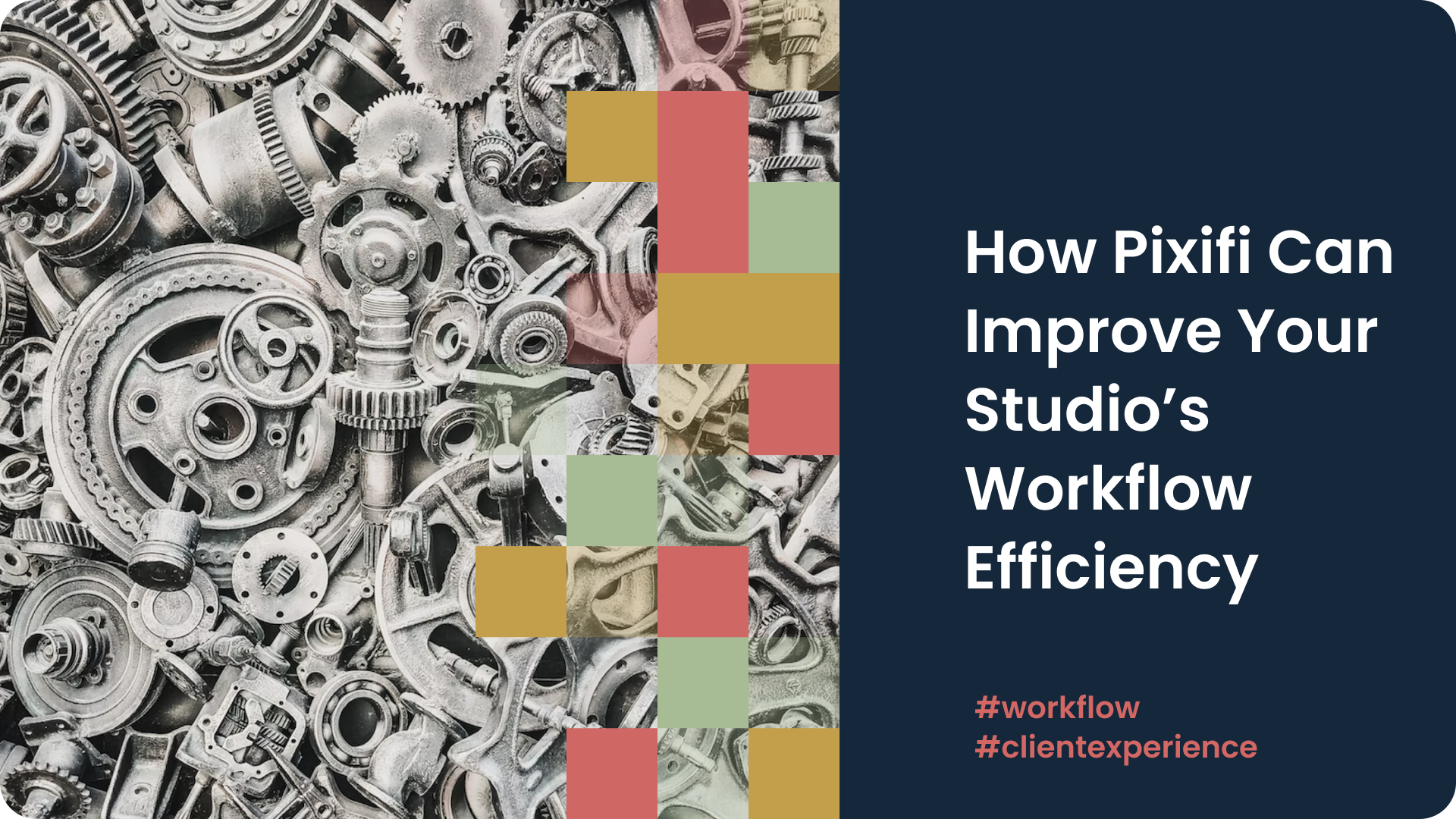Leveraging Social Media Algorithms for Maximum Exposure in Photography
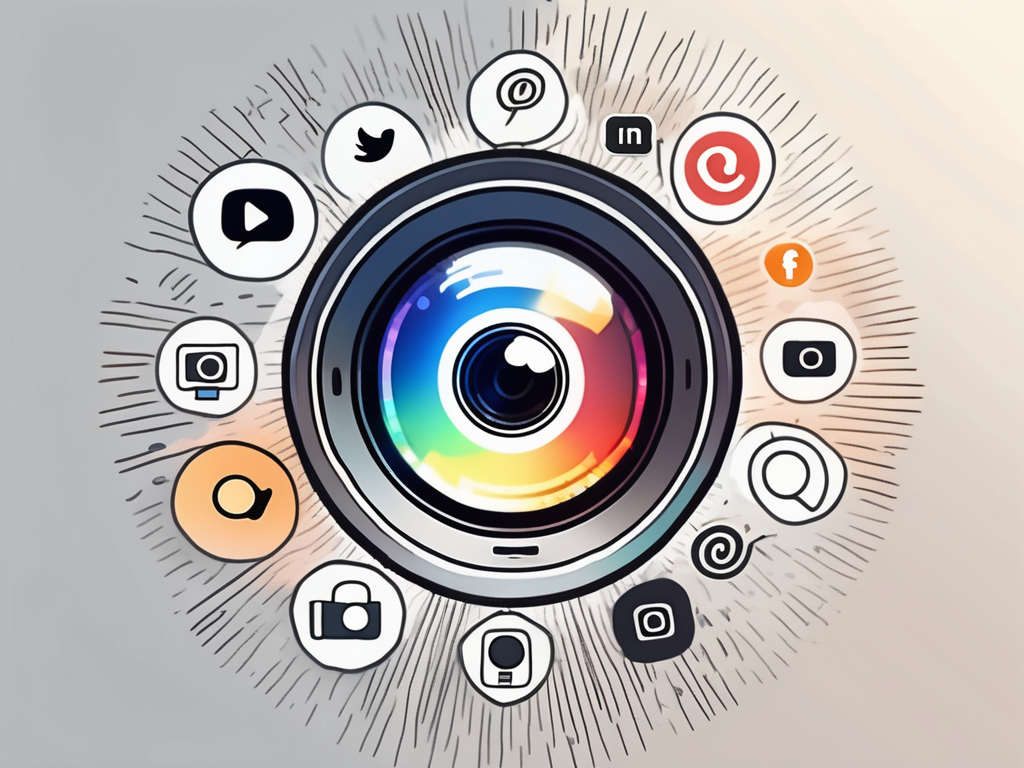
In today's digital age, social media has become an essential tool for photographers looking to showcase their work and gain exposure. However, with the ever-changing algorithms that determine what content users see, it can be challenging to maximize visibility. This article will delve into the world of social media algorithms and explore strategies for leveraging them to the fullest in photography.
Understanding Social Media Algorithms
Before we dive into the strategies, let's first take a moment to understand the role of algorithms in social media. Algorithms are intricate sets of rules and calculations used by platforms like Instagram, Facebook, and Twitter to determine what content users see in their feeds. By analyzing user behavior, interests, and engagement, algorithms aim to deliver the most relevant and engaging content to each individual user, fostering a personalized experience.
Social media algorithms are constantly evolving and adapting to user behavior. They not only determine what content users see but also play a significant role in shaping trends and influencing user interactions. For content creators and businesses, understanding these algorithms is crucial for maximizing reach and engagement.
The Role of Algorithms in Social Media
Algorithms act as gatekeepers, filtering through the massive amount of content generated every second and deciding what is deserving of users' attention. They consider factors such as engagement, relevancy, recency, and even the user's relationships with other accounts. Understanding how these algorithms work is vital in harnessing their power to showcase your photography.
Moreover, algorithms are designed to promote meaningful interactions and quality content. Platforms prioritize posts that spark conversations, encourage sharing, and provide value to users. By creating content that aligns with these principles, creators can increase their visibility and build a loyal following.
How Different Social Media Platforms Use Algorithms
Each social media platform has its unique approach to algorithms. Instagram, for example, prioritizes content based on factors like engagement rate, relevance, and recency. On the other hand, Facebook's algorithm takes into account user interactions, including comments, shares, and reactions, to determine what appears in the News Feed. Twitter, with its fast-paced nature, focuses on real-time relevance and recency, showing users the most recent tweets from accounts they follow.
It's essential for content creators to tailor their strategies to fit the algorithms of each platform they use. By understanding the nuances of how algorithms work on different social media sites, creators can optimize their content for maximum visibility and engagement.
The Intersection of Photography and Social Media
The rise of social media has significantly impacted the photography industry. Photographers now have direct access to a vast audience, providing a platform for them to showcase their unique vision. However, this also means competing with countless other photographers vying for attention in the digital realm.
With the advent of social media, photographers have found new ways to connect with their audience and share their artistry. Platforms like Facebook, Pinterest, and TikTok have also become popular hubs for photographers to showcase their work and engage with a diverse community of art enthusiasts. By leveraging the power of social media, photographers can not only reach a wider audience but also receive instant feedback and appreciation for their creativity.
The Importance of Social Media in Photography
For both amateur and professional photographers, having a strong social media presence is crucial. Platforms like Instagram offer a visual-centric space where photographers can highlight their work, engage with followers, and build a loyal fan base. A well-curated social media account can open doors to collaborations, exhibitions, and even commercial opportunities.
Moreover, social media has democratized the photography industry, allowing emerging talents to gain recognition without traditional gatekeepers. By utilizing hashtags, geotags, and collaborations with influencers, photographers can increase their visibility and attract a larger following. This direct interaction with the audience also provides valuable insights into the preferences and trends shaping the photography landscape.
Optimizing Photography for Social Media Platforms
To make the most of social media algorithms, photographers must optimize their content for each platform. This involves understanding the platform's specific requirements and tailoring your photography accordingly. For example, on Instagram, high-quality visuals, consistent branding, and engaging captions are essential, while Twitter favors concise, bite-sized content that sparks immediate interest.
Furthermore, staying updated on the latest trends and features of social media platforms is essential for photographers to stay ahead of the curve. From utilizing Stories and Reels on Instagram to exploring the potential of live streaming on platforms like Facebook and Twitch, photographers can experiment with different formats to engage their audience in innovative ways. By adapting to the ever-evolving social media landscape, photographers can continue to grow their online presence and connect with a global community of photography enthusiasts.
Strategies for Leveraging Social Media Algorithms
Now that we've examined the importance of algorithms and the intersection of photography and social media, let's delve into some strategies for leveraging social media algorithms to maximize exposure for your photography.
But first, let's talk about the power of hashtags. Hashtags play a crucial role in increasing the discoverability of your content. By using relevant and popular hashtags, you can expand your reach beyond your immediate followers and tap into a wider audience. However, it's important to strike a balance. Using too many hashtags can make your captions look cluttered and spammy, while using too few may limit your visibility. Aim for a sweet spot of around 10-15 hashtags that are relevant to your content and target audience.
Creating Engaging Content for Better Visibility
One of the fundamental principles of algorithm optimization is creating content that resonates with your audience. Whether it's stunning landscapes, captivating portraits, or thought-provoking series, delivering content that sparks an emotional connection encourages higher engagement, increasing your chances of appearing in users' feeds.
But what makes content truly engaging? It's not just about the visual appeal; it's also about the story behind the image. People love to connect with the human element in photography. So, in addition to sharing your stunning visuals, consider leveraging storytelling techniques to captivate your audience. Use captions to reveal the inspiration behind your images or tell the story that led you to capture a particular moment. By sharing your artistic journey, you invite followers to not only appreciate your work but also become invested in your process.
Timing Your Posts for Maximum Exposure
Timing is crucial when it comes to social media. Posting at the right time can significantly impact your reach and engagement. While there is no universal "best time" to post, understanding your audience's behavior and peak activity times can help you maximize exposure.
Consider examining your social media analytics to identify patterns and trends in post engagement. Experiment with posting at different times and days of the week to determine what works best for your specific audience. Remember, consistency is key. Regularly analyze and refine your posting strategy to ensure optimal visibility.
Another important aspect to consider is the lifespan of your posts. The average lifespan of a social media post is relatively short, with the highest engagement usually occurring within the first few hours. However, that doesn't mean your content is irrelevant after that initial burst. Repurposing your best-performing posts or sharing them again at different times can give them a second chance to reach a wider audience.
So, as you navigate the ever-changing landscape of social media algorithms, keep these strategies in mind. Create engaging content that tells a story, use hashtags strategically, and time your posts for maximum exposure. By understanding and leveraging the algorithms, you can increase your visibility and connect with a larger audience, ultimately taking your photography to new heights.
Measuring Success on Social Media
Measuring the effectiveness of your social media efforts is crucial for optimizing your strategy. By tracking key performance metrics, you can gain valuable insights into what content resonates with your audience and adjust your approach accordingly.
Tools for Tracking Social Media Performance
Various tools and analytics platforms can provide detailed insights into your social media performance. Instagram Insights, for instance, offers data on impressions, reach, engagement, and audience demographics. Third-party tools like Hootsuite and Sprout Social provide comprehensive analytics across multiple platforms, allowing you to track and compare performance metrics.
Interpreting Social Media Analytics
While the metrics provided by social media analytics tools are undoubtedly valuable, understanding how to interpret them is equally important. Look for patterns and trends in your engagement rate, reach, and follower growth. Identify the types of content that generate the most interaction and adjust your strategy to prioritize those themes or subjects in your future posts.
Adapting to Changes in Social Media Algorithms
Social media algorithms are not static; they constantly evolve as platforms strive to enhance the user experience. To stay ahead of the game, photographers must stay updated with algorithm changes and adjust their strategies accordingly.
Staying Updated with Algorithm Changes
Follow industry experts, subscribe to newsletters, and join photography and social media communities to stay informed about algorithm updates. Being aware of changes in ranking factors or algorithmic adjustments can give you a competitive edge. Keep an eye on official communication from social media platforms regarding any alterations to their algorithms.
Adjusting Your Strategy Based on Algorithm Updates
When algorithm changes occur, it's essential to reassess your social media strategy. Evaluate how the alterations affect your content's reach and engagement and make necessary adjustments. This may involve experimenting with different types of posts, adapting your storytelling approach, or changing your posting frequency. By remaining adaptable and embracing change, you can continue to leverage social media algorithms effectively.
As social media continues to play a significant role in the photography industry, leveraging algorithms is essential for photographers looking to maximize their exposure. By understanding algorithms, optimizing your content for specific platforms, and employing strategic approaches, you can expand your reach, engage with your audience, and position yourself for success in the digital realm.
